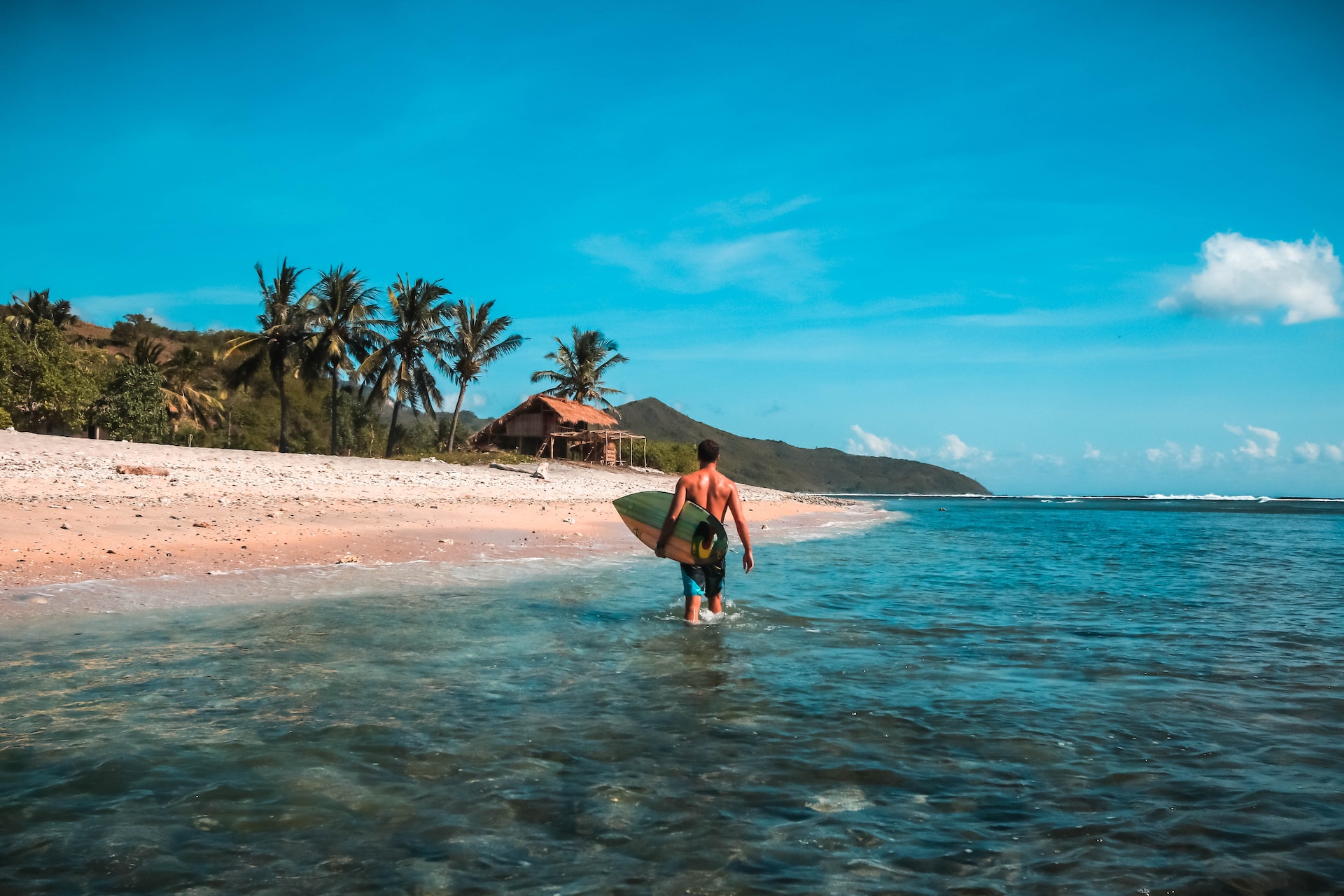One of the perks of heading on a Caribbean vacation is not needing to pack much. Besides a pair of swim trunks, a few linen shirts, and some shorts to beat the hot days, there isn’t much that goes into packing for a tropical location. While there are plenty of necessities like sandals and sunglasses, there is one thing you want to be sure of before heading off to your next Caribbean vacation. While it might seem odd, camouflage is the one piece you’ll want to consider leaving behind before heading out on your vacation. Leaving behind your camo pieces is not about style or looks (although some would say camo should be illegal in the fashion world); it’s a matter of the law.
While in the States, camouflage can be seen anywhere and can play into a street-style trend, it’s considered to be illegal in many Caribbean countries. While it’s unlikely you’ll face grave consequences as a tourist (depending on your destination), it is an inconvenience you should avoid at all costs.

Don’t ruin your Caribbean vacation
The concept of illegal camouflage clothing comes from certain Caribbean countries that consider it solely for military use. In countries like Barbados, Antigua and Barbuda, Jamaica, St. Lucia, Grenada, Dominica, and St. Vincent, the public’s use of camouflage pieces is illegal since it’s easy to confuse you for a military or rebel organization member. While it’s unclear precisely what the consequences are for each country, it can lead to a warning, a fine, confiscation of the item, or jail. So, while it may seem odd to have an entire clothing pattern outlawed, it is meant to avoid confusion with authority and ultimately keep you safe.
Outlawing camouflage isn’t recent and has occurred in the area since the 1980s during unrest in various Caribbean islands. Outlawing camouflage helps authorities better identify potential threats. In a broader sense, camouflage has a much deeper historical significance, with many attributing it to colonialism and other aspects of their history.
Leaving your camo pieces at home is best, even if you aren’t heading directly to one of these countries or traveling nearby on a cruise vacation. When you’re on vacation, emergencies can happen, and you can take an unexpected detour. If you’re on a cruise, it’s not unheard of that your boat can detour and unexpectedly dock in one of these Caribbean countries.

Switch out your camo
To respect these countries’ laws and regulations and have better ease of mind, leaving all camouflage clothing in your closet is best. If you’re heartbroken about going with your favorite print at home, opt for other fun classic prints that won’t potentially make your vacation a headache and will still look stylish. Although this print is probably a classic in your wardrobe, alternatives like tropical prints and rich green hues can help give you a similar look without the camo. If you want a much edgier style, opt for printed pieces in these deeper green and brown colors that’ll still give you an edgy streetwear style. Instead of camo pants, opt for neutral brown or green hues for that same moody print in your tropical vacation wardrobe.




